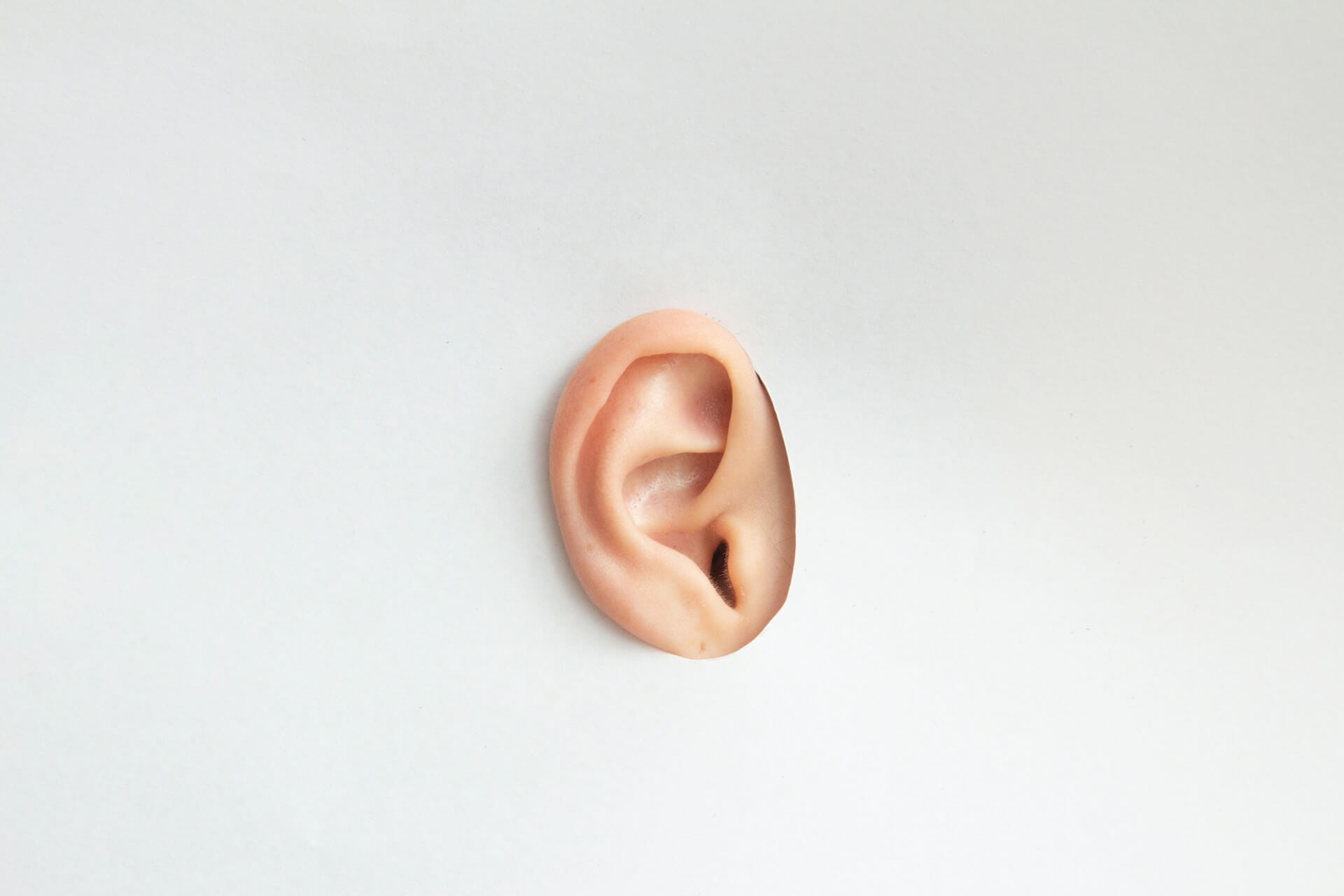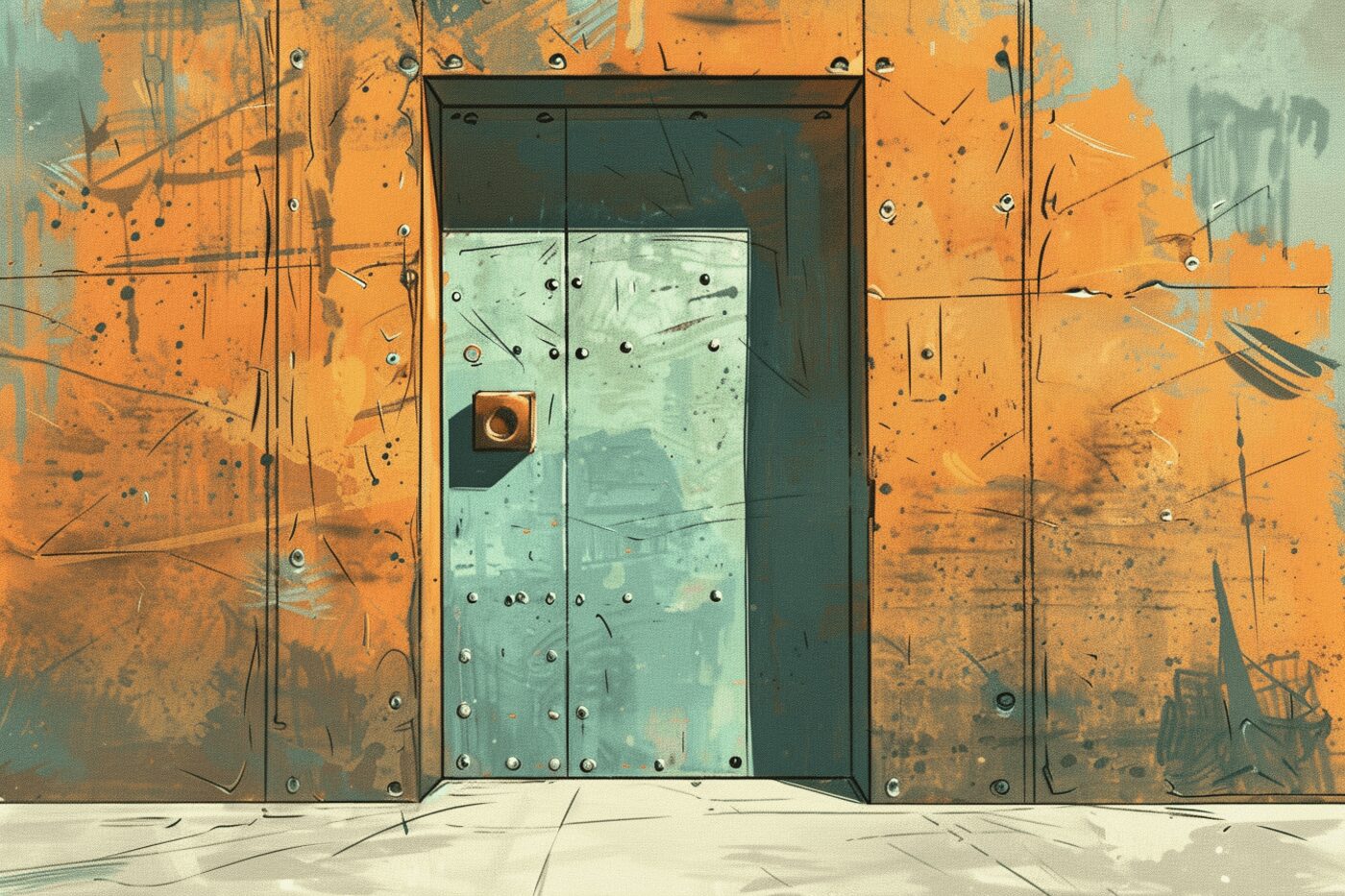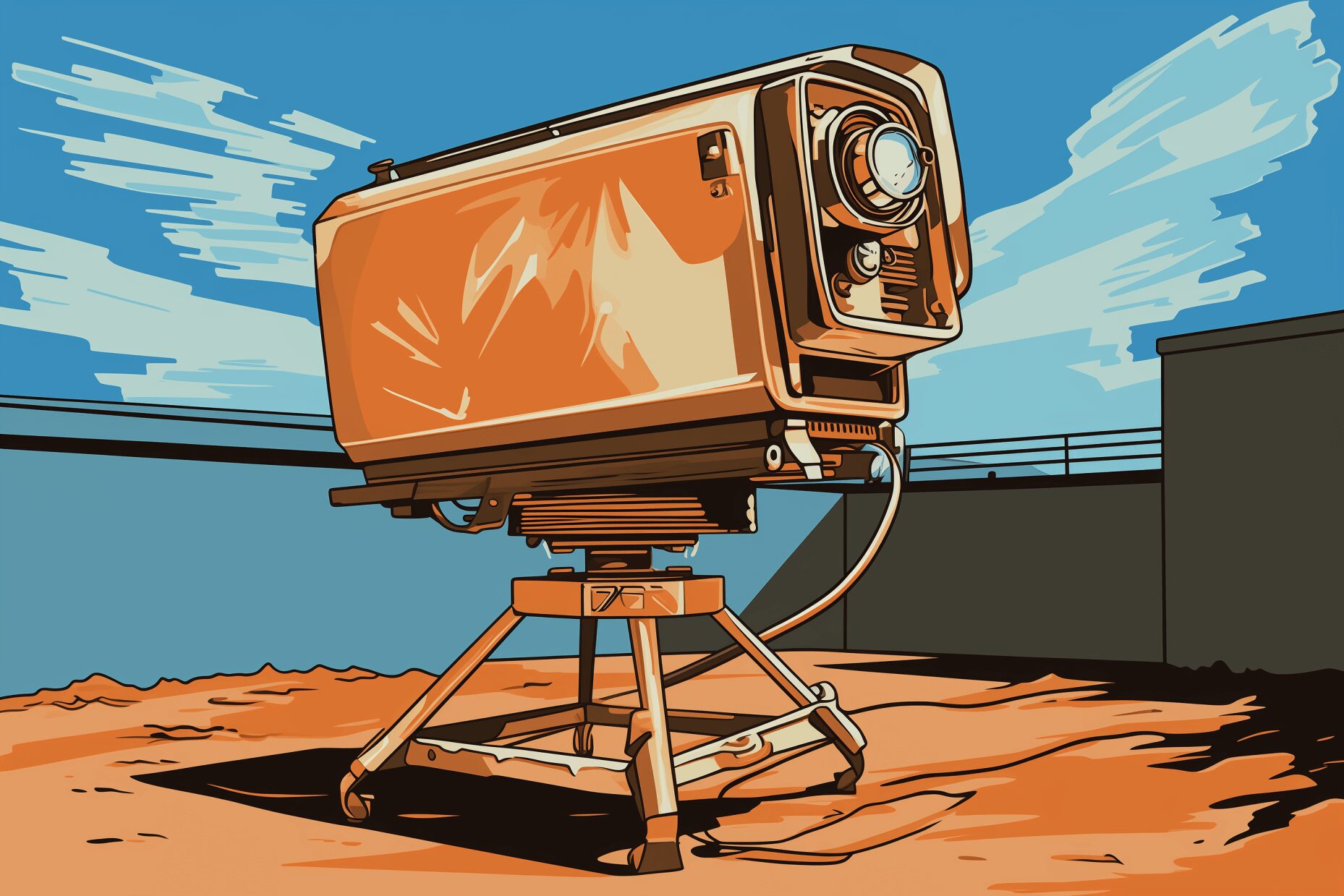What Are Hiking Poles for? 11 (Sometimes Creative) Uses
Aug 31, 2023

As an Amazon Associate, Modded gets commissions for purchases made through links in this post.
If you’re a novice hiker with a relatively high level of physical fitness, you might say, “hiking poles? Why do I need hiking poles when I have two perfectly good legs?” However, these devices have many more uses than keeping you steady on the trail.
The right trekking sticks come in handy for everything from shelter to cooking to emergencies. They’re among the most useful tools to have in the wild. Take a look at these 11 sometimes creative uses for hiking poles.
1. Tent Stakes
Dedicated backpackers know that every pound counts when you cover many miles between sunrise and sunset. Why carry extra equipment when you can use what’s in your hands? Trekking poles make the perfect braces for a lean-to with nothing more than a light canvas that’s easy to strap to a back frame.
However, you might want a bit more protection from critters. No problem. Pair your hiking poles with a tent that uses them as supports and you’ll find it easy to carry your temporary home on your back.
2. Communications Devices
There are still places in America where cell phones don’t reach. What can you do if you get separated from the group? Your hiking poles double as signaling devices.
For example, perhaps you spy a ridge that looks for easier walking than bushwacking. One of your group can ascend, raising both poles like a field goal sign to indicate a clear path to follow or crossing them in an X to inform them of a blocked passageway.
Furthermore, if you get lost in the woods, you can attach a light-colored scrap of cloth to the end of your trekking pole. Use it to wave to helicopters and set it near your camp to alert rescuers while you sleep.
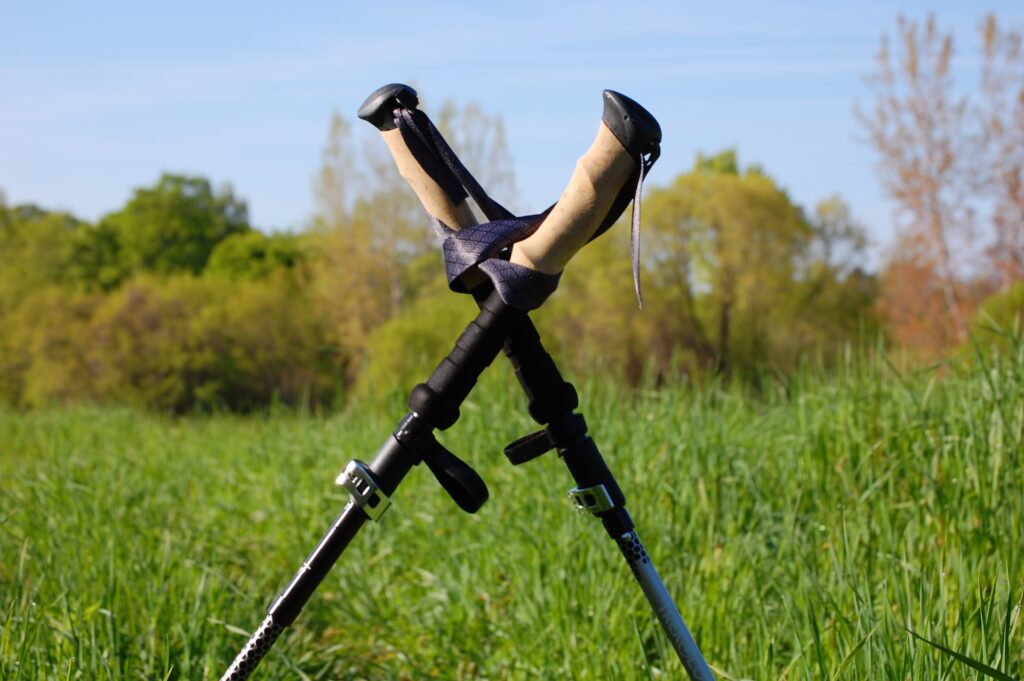
3. Depth Gauge
That muddy stream doesn’t look too deep, but you can’t be sure — or can you? Prodding ahead with your hiking pole alerts you to sudden dropoffs that could send you for an unexpected plunge and perhaps an unwanted ride through whitewater rapids.
What if you hike in the winter? Crossing unsafe ice can prove deadly. Tapping the ice before you move forward assures you it’s stable enough to bear weight or alerts you to the need to find another way around the slippery obstacle.
4. Laundry Poles
It’s impossible to carry sufficient clean socks and underwear for a month-long hike along the Appalachian Trail. However, leaving filthy clothes near your skin breeds bacteria that can cause illness. If you have water, trail soap, trekking poles and some rope, you can do laundry.
It’s probably easiest to lean your poles against trees, suspending the rope between them and securing them tightly to the support to keep the line from drooping. Wash, ring out and hang your damp skivvies and socks overnight for a fresh start in the morning.
5. Crutches and Stretchers
Getting hurt miles in the wilderness is a hiker’s worst nightmare. However, the right hiking poles can help you return to safety.
Solo hikers often find that their hiking poles make excellent makeshift crutches if they turn an ankle on a loose rock. A pair of them can also provide support for a makeshift stretcher. Securely wrap fabric or rope around the poles until it can safely support the injured person’s weight and take turns transporting them to civilization.
6. Tripod
Do you fancy yourself the next great wildlife photographer? Even the steadiest hands can waver, wrecking an otherwise perfect shot.
However, you can find hiking poles with attached camera mounts that keep your hands free. Use them to film your latest Tiktok video or record that sunset for posterity.
7. Bushwacking
It’s best to stay on marked trails when you hike. You reduce your chances of getting lost while protecting the delicate crust, a soil layer of various microorganisms necessary for ecosystem survival.
However, there are times when you must head out cross country, such as when you get lost and must rely on a compass for navigation. What happens when you hit a thicket? You could push through, amassing full constellations of thorny scratches on your thighs. Alternatively, let your hiking poles manage the bushwacking, holding branches out of the way while you pass beneath unharmed.
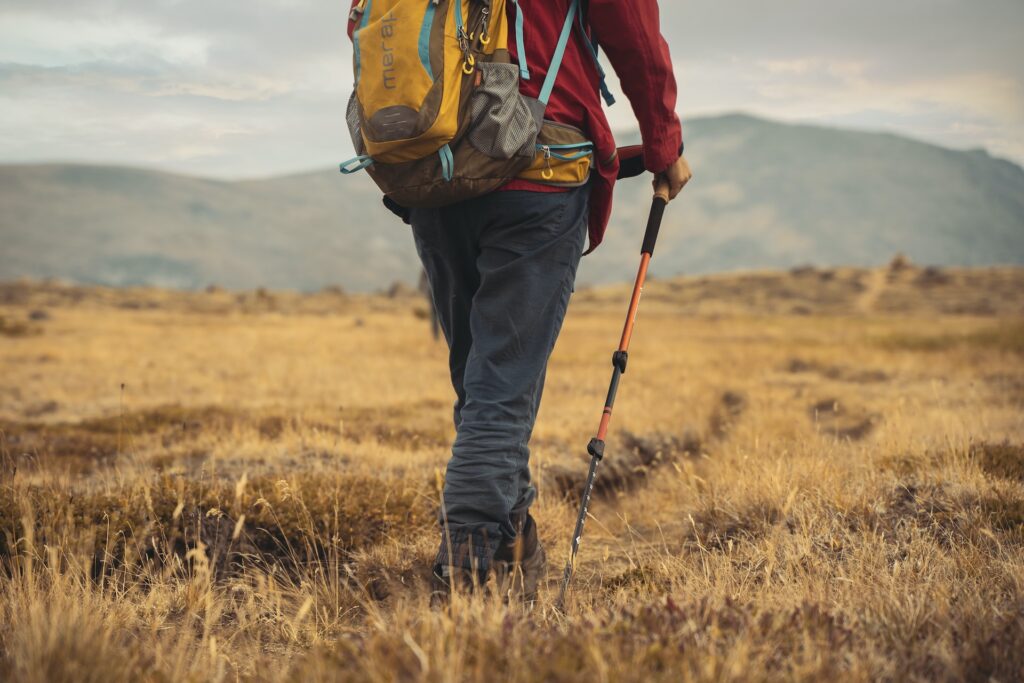
8. Weapon
You felt uncertain about hiking alone, but the day was too perfect to resist. Now, you’re in a face-off with a mountain lion who looks pretty hungry. What should you do?
Experienced wildlife experts say to make yourself look bigger and use a weapon. However, you shouldn’t stoop or bend over to grab a rock, as doing so signals their prey drive. If you have a hiking pole in your hand, wave it to make yourself taller and use it to fend off an attack.
Your hiking poles also offer defense against 2-legged predators. It extends your reach and can serve as a club in a pinch.
9. Fishing
If you spend considerable time in the woods, you’ll probably find fishing more peaceful and easier than catching wild game for food. A hiking pole makes a natural rod.
If you have a soda can, fashion a hook out of the lid by breaking off the tab. Make a small slit in the ring part to separate it, sharpening the end against a rock and bending it to the side to create a sharp edge. You can also weave cattails into a makeshift net, suspending it between the poles and letting your dinner swim into it.
10. Cooking
You’d love a hot pot of rabbit stew for dinner, complete with sage, scallions and wild carrots. However, you have no way to suspend your supper over the flames. Or do you?
You do if you have a set of hiking poles. You can hold one at an angle to suspend your pot over the blaze or carve a holder from a forked stick.
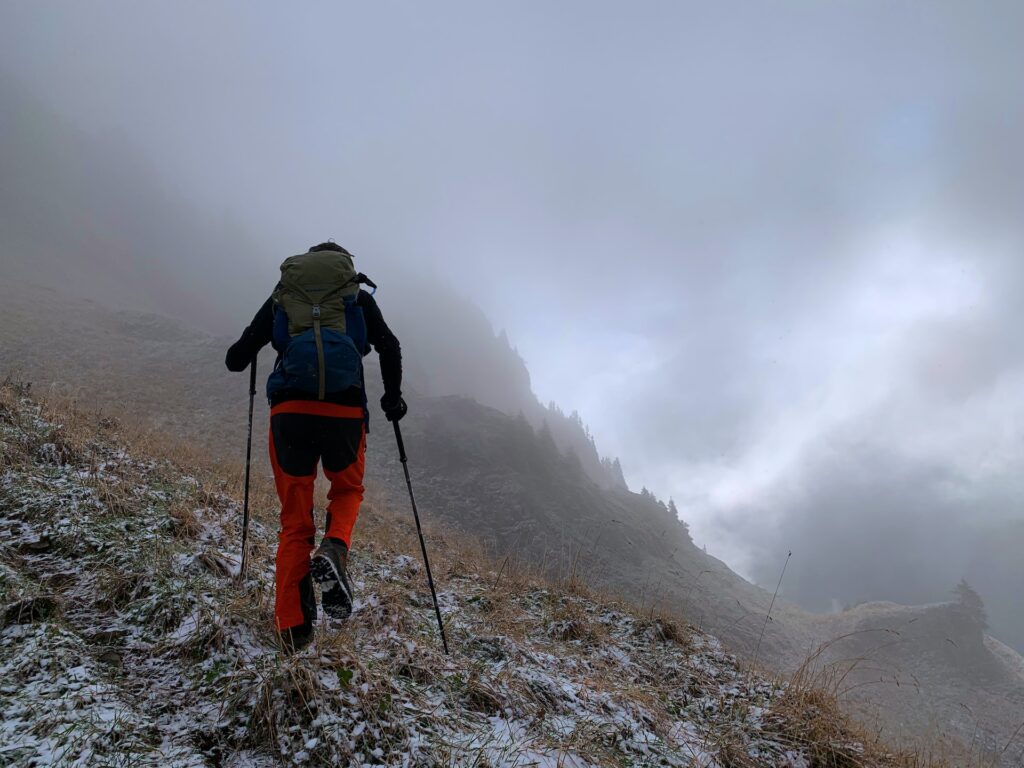
11. Walking
Finally, perhaps the best use for hiking poles is their intended one — to help you keep your balance on the trail. They’re a godsend on uneven terrain, giving you four legs for balance instead of one. They’re also a must if you have any of the following health conditions but love to hike:
- Herniated or degenerated discs: Hiking poles ease pressure on your spine, letting you hike longer without feeling the pinch.
- Bad knees or hips: Hiking poles ease pressure on these joints by distributing it between your legs and arms.
- Neurological disease: Some neurological conditions, such as MS, cause mobility challenges that hiking poles can help compensate for.
What Are Hiking Poles for?
It doesn’t matter if you’re in the best shape of your life. Hiking poles deserve a spot in every trail lover’s gear supply box.
You can use hiking poles for dozens of fabulous uses besides supporting yourself on a hike. They also help you enjoy your favorite pastime even when health conditions present challenges. Get a pair of hiking poles today and enjoy the great outdoors.
